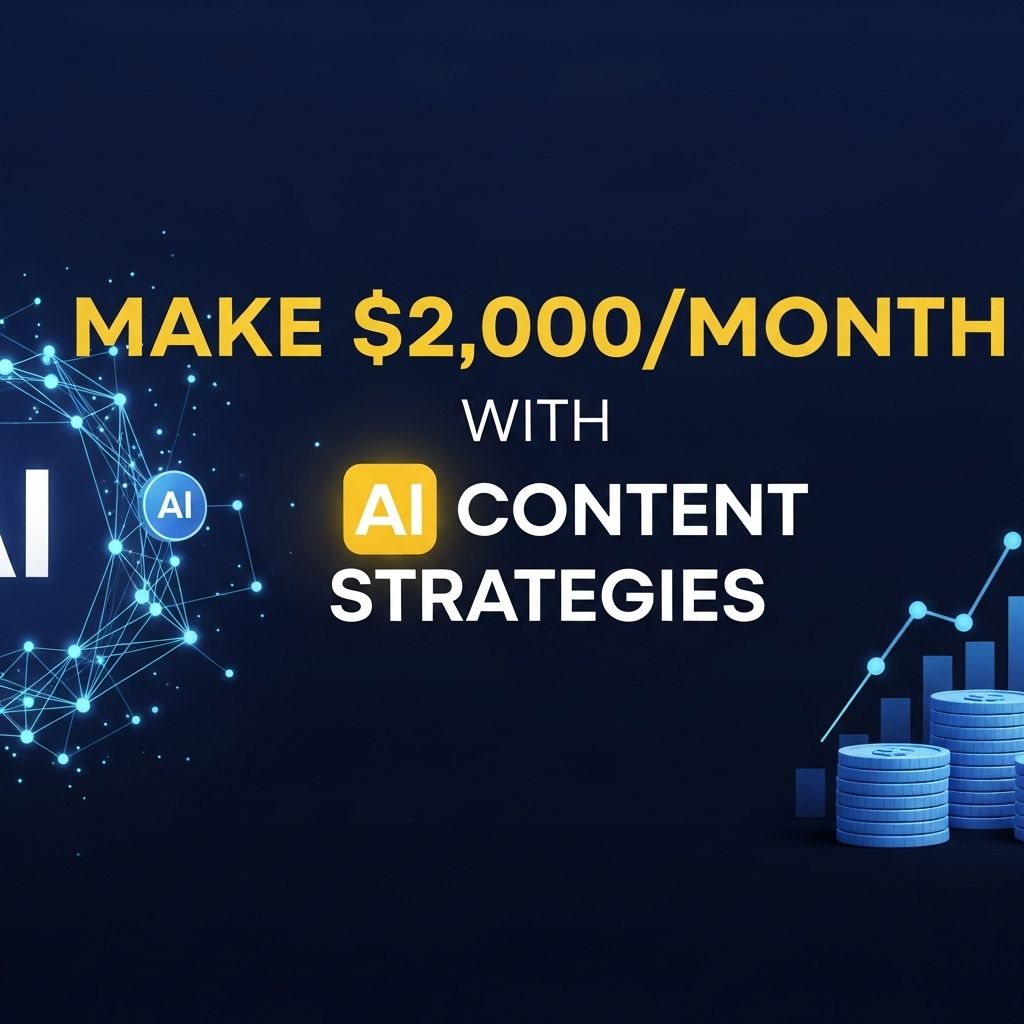Understanding Digital Visibility
In today’s digital age, ensuring that your business or personal brand stands out online is crucial. Digital visibility refers to how easily a brand can be discovered by its target audience via online channels such as search engines, social media, and other platforms. As businesses increasingly move online, the digital landscape becomes ever more crowded, making the task of standing out amongst countless competitors a formidable challenge.
The key to improving your digital visibility lies in understanding and leveraging advanced SEO tactics. These are strategies that go beyond the basics of search engine optimization to include detailed content strategies, technical improvements, and ongoing analysis of performance indicators. By diving deep into the mechanics of search engine algorithms, companies can shape their online presence in ways that algorithms favor, thus improving rankings and visibility.
Digital visibility ensures that potential customers or followers find you before your competitors. The goal is to position your brand aiming for a higher ranking in search engine results, or at least within the first few pages, as users rarely navigate beyond that. Visibility leads not only to increased traffic but also to greater brand recognition and trust, which are pivotal to long-term success. Let us delve deeper into the core strategies that can facilitate enhanced digital visibility.
Advanced SEO Tactics
Advanced SEO tactics involve a variety of strategies. It’s important to integrate these into your digital marketing plan, adapting to the ever-evolving algorithms and trends:
- Keyword Research and Optimization: This involves finding the right keywords that match what potential customers are searching for and integrating them naturally into your content. A deep understanding of your audience and their search intent is crucial here. Tools like Google Keyword Planner or Moz’s Keyword Explorer can help identify effective keywords that strike a balance between high search volumes and lower competition.
- Technical SEO: Optimizing the backend of your website such as improving page load speed, mobile responsiveness, and ensuring a secure connection with HTTPS. Technical SEO also involves examining your URL structure, sitemap readiness, and implementing breadcrumbs for a more streamlined experience. These optimizations ensure that your site is not only easily accessible but also crawlable by search engine bots.
- Content Quality: Providing valuable, relevant, and consistent content to attract and retain a clearly-defined audience. Quality content encompasses various formats such as blogs, videos, infographics, and user-generated content, serving different customer needs. It’s crucial to focus on quality over quantity, ensuring each piece of content is original, engaging, and provides value to the reader.
Employing these advanced tactics requires a commitment to continuously monitor and refine strategies based on analytics and the evolving digital landscape. It involves a dynamic approach where adaptation based on real-time data becomes a standard practice, ensuring that strategies stay relevant and impactful.
Harnessing Analytical Tools
Analytical tools are essential for understanding how your SEO strategies are performing and for making informed adjustments to improve digital visibility. By utilizing potent tools like Google Analytics, SEMrush, or Ahrefs, you can gain insights into traffic sources, user behavior, and keyword success. These tools provide detailed reports and data that reveal user engagement patterns, which keywords drive the most traffic, and how users interact with your site.
These tools can help identify trends and patterns that inform the adjustment of strategies to improve performance metrics such as bounce rate, conversion rates, and session duration, which all influence search engine ranking. For instance, a high bounce rate may indicate that your landing page content is not in line with user expectations, necessitating content adjustments.
Harnessing this data allows for data-driven decision-making. It can be the difference between a successful online presence and getting lost in the vast sea of digital content. The insights gathered not only guide SEO efforts but also enhance overall marketing strategies, leading to better targeting, higher engagement, and ultimately, improved conversion rates.
Integrating Social Media for Enhanced Visibility
While traditional SEO tactics focus on search engines, integrating social media strategies can amplify your digital visibility significantly. Platforms like Facebook, Instagram, LinkedIn, and Twitter are not only channels for brand engagement but also powerful tools for driving web traffic and enhancing brand visibility.
Sharing optimized content through social channels increases the likelihood of it being shared and referenced, boosting backlinks—a crucial element of off-page SEO. Engaging with audiences on social media also helps build community and brand loyalty, encouraging word-of-mouth promotion. Brands are encouraged to maintain active and engaging social media profiles to tap into this potential.
The Role of User Experience (UX) in SEO
User experience is increasingly becoming a central factor in SEO. As search engines aim to provide users with the most relevant and satisfying results, websites offering superior UX are prioritized. A good UX involves intuitive navigation, fast loading times, mobile optimization, and engaging content. These factors cumulatively improve user satisfaction, reduce bounce rates, and increase dwell time—all favorable metrics in the eyes of search engine algorithms.
Websites that focus on creating a seamless, enriching user experience tend to perform better in search rankings. Hence, investing in UX design is not just about aesthetics or functionality; it is an investment towards better SEO performance.
FAQ
What is advanced SEO?
Advanced SEO involves creating and implementing sophisticated strategies that go beyond basic search engine optimization techniques. It includes detailed keyword research, technical site optimization, and strong content strategies aimed at enhancing digital visibility. These practices require staying abreast with constant algorithm changes and proactively adjusting strategies to maintain high rankings.
How can I improve my digital visibility?
Improving digital visibility can be achieved through consistent keyword optimization, technical SEO enhancements, high-quality content creation, and leveraging analytical tools to track and adjust strategies. Integrating social media efforts, focusing on user experience, and engaging with audiences on multiple platforms also play significant roles in enhancing online visibility.
Why is keyword research important in SEO?
Keyword research is crucial because it helps identify the terms that potential customers are searching for. By integrating these keywords naturally into content, you increase the likelihood of appearing higher in search engine results. Effective keyword research uncovers insights about user intent and competition, aiding in strategizing content creation and optimization endeavours.
What role do analytical tools play in SEO?
Analytical tools provide insights into how well your SEO tactics are performing. They give information on traffic, user engagement, and keyword performance, allowing you to make data-driven decisions to refine and enhance your SEO strategies. These tools are indispensable for evaluating the effectiveness of SEO efforts and identifying areas requiring improvement or optimization.
How does user experience affect SEO?
User experience affects SEO by influencing key metrics such as bounce rate, time on page, and conversion rates. A positive user experience ensures that visitors find what they’re looking for quickly and easily, encouraging longer site visits and reducing bounce rates. Since search engines aim to prioritize user-first websites, positive UX acts as a critical ranking factor.




